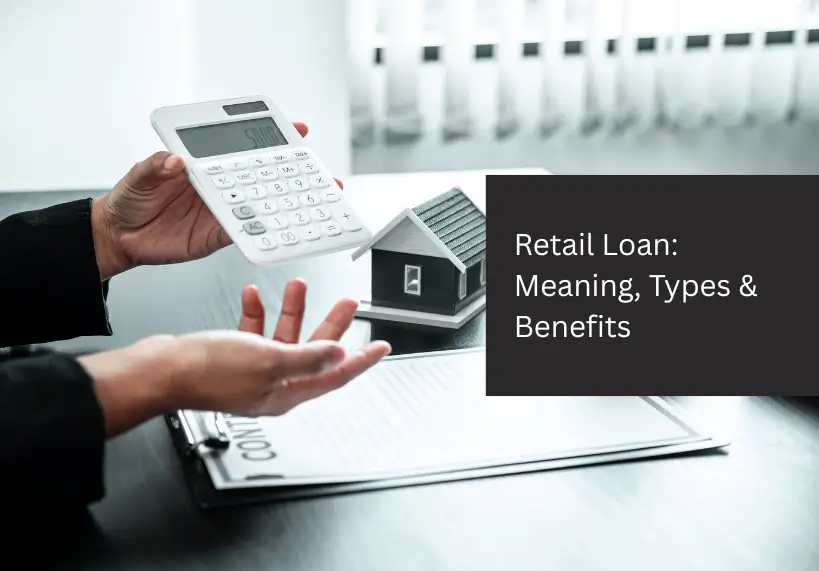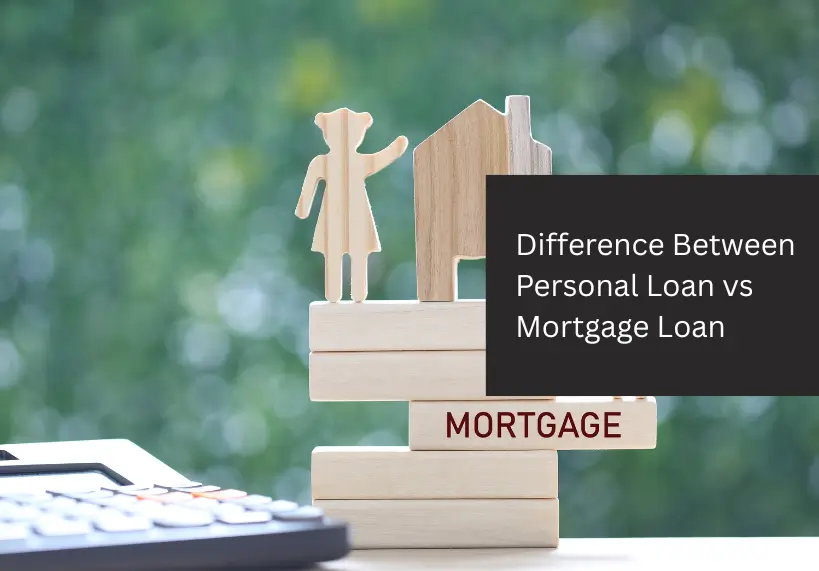
Retail loans are the financial oxygen that helps individuals turn plans into reality whether it’s buying a home, upgrading a car, funding education, or replacing a refrigerator that finally gave up. In simple terms, a retail loan is credit provided to individual consumers (not businesses) to meet personal needs.
This blog explains what retail loans are, the main types available in India, how they differ, and the tangible benefits they offer all in clear, actionable language.
What exactly is a retail loan?
A retail loan is a loan given by a bank, non-banking financial company (NBFC), or fintech platform to an individual for personal consumption or investment. Key characteristics:
- Borrower: An individual consumer (salaried or self-employed)
- Purpose: Personal needs buying goods, services, or funding life events
- Repayment: Typically via monthly EMIs (Equated Monthly Installments)
- Security: Can be secured (backed by collateral like a house or car) or unsecured (no collateral required)
- Tenure & Amount: Ranges from small short-term sums to large long-term loans (e.g., home loans)
Why retail loans matter (quick overview)
Retail loans let people:
- Act now (buy a house, attend a course, fix a medical emergency) without depleting savings
- Spread payment over time to match income flow
- Invest in assets (home, education, vehicle) that can increase value or earning potential
Main types of retail loans (and when to use each)
Here’s a practical breakdown of the common retail loan types you’ll encounter in India, with typical features and use-cases.
1. Personal Loan
Use when: You need quick funds for home repair, a wedding, medical bills, consolidation of small debts, or short-term cash needs.
Features:
- Usually unsecured (no collateral)
- Fast processing and disbursal
- Shorter tenures (1–5 years typical)
- Higher interest than secured loans
2. Home Loan
Use when: Buying, constructing, or renovating a residential property.
Features:
- Secured by the property
- Long tenures (10–30 years)
- Lower interest rates compared to unsecured loans
- Often includes tax benefits under Indian tax laws for interest/principal (check current rules)
3. Vehicle Loan
Use when: Buying a new or used vehicle.
Features:
- Secured against the vehicle
- Tenures commonly 3–7 years
- Down payment typically required
4. Education Loan
Use when: Financing higher education domestically or abroad.
Features:
- Covers tuition, accommodation, travel, and sometimes living expenses
- May offer a moratorium (repayment begins after course completion or after a grace period)
- Often has flexible repayment options
5. Consumer Durable Loan (EMI at retail points)
Use when: Purchasing electronics, appliances, or gadgets through store-financing options.
Features:
- Small loan amounts
- Short tenures (6–24 months)
- Often available at point-of-sale with zero-interest EMI offers (check terms)
6. Loan Against Property / Fixed Deposit
Use when: You need a larger sum at lower interest and are willing to pledge collateral (property, fixed deposits).
Features:
- Lower interest vs unsecured loans
- Tenure and loan-to-value (LTV) depend on collateral
Quick comparison table
| Loan Type | Secured / Unsecured | Typical Tenure | Typical Use |
| Personal Loan | Unsecured | 1–5 years | Emergency, wedding, short-term needs |
| Home Loan | Secured | 10–30 years | Purchase/construct home |
| Car Loan | Secured | 3–7 years | Purchase vehicle |
| Education Loan | Often unsecured / partial security | Course duration + moratorium | Higher studies |
| Consumer Durable Loan | Unsecured / retailer-backed | 6–24 months | Appliances / electronics |
| Loan Against Property | Secured | Up to 15–20 years | Large cash needs at lower rates |
Benefits of retail loans — practical, money-smart reasons
1. Access to funds without liquidating savings
You keep emergency savings intact while using loan funds for planned or unplanned needs.
2. Flexible repayment structure (EMIs)
Monthly EMIs help you budget you know exactly how much leaves your account each month.
3. Lower-cost borrowing for secured loans
Secured loans (home, car, loan against property) usually carry lower interest rates than unsecured credit.
4. Opportunity to build or strengthen credit history
Responsible borrowing and timely EMIs improve your credit score, unlocking better loan offers later.
5. Potential tax benefits
Some loans, especially home loans, offer tax advantages (subject to current tax regulations).
6. Variety of tailored products
Options like flexible repayment, prepayment without penalty, balance transfer, and top-up loans let you tailor borrowing to life changes.
How to choose the right retail loan — checklist
Before you apply, run this quick checklist:
- Purpose clarity: Is the loan for consumption or investment? (For assets, secured loans usually make sense.)
- EMI affordability: Total EMI outgo should be comfortably payable from monthly cash flow. A common rule: keep total EMIs below 40–50% of take-home income.
- Compare interest rates: Check processing fees, prepayment charges, and effective interest (APR).
- Tenure trade-off: Shorter tenure = less interest but higher EMI; longer tenure = lower EMI but more interest overall.
- Read the fine print: Late fee, foreclosure policy, and insurance requirements.
- Documentation & eligibility: Income proof, identity, residential proof, and in some cases collateral documents.
Simple example: Choosing between personal loan vs. home loan top-up
Imagine you need ₹5 lakh for home renovation. A personal loan may disburse fast but at a higher rate for 3 years. A home loan top-up or loan against property may offer lower interest and longer tenure. If you plan to spread cost over many years and minimize monthly burden, a secured top-up could be smarter. If speed matters and you can comfortably repay within a few years, a personal loan may be a better fit.
Responsible borrowing tips
- Borrow only what you need — avoid taking a larger loan “just because it is available.
- Keep an emergency fund (3–6 months’ expenses) separate from loan planning.
- Use calculators to estimate EMIs and total interest before committing.
- Prefer automatic EMI payments to avoid missed payments and to build a steady credit history.
- Revisit interest rates periodically balance transfer or refinancing may save interest costs.
If you’re evaluating personal loan options with flexible EMIs, digital application, and fast disbursal, consider checking reputable fintech platforms that specialize in consumer lending.
For example, LoanTap offers tailored personal loan solutions and tools like an EMI calculator to help estimate monthly payments and choose the right tenure.
FAQs — Retail loans (short, SEO-friendly)
Q1: What is the difference between secured and unsecured retail loans?
Secured loans require collateral (home, car) and typically have lower rates. Unsecured loans (personal loans) don’t require collateral and usually carry higher rates.
Q2: How does EMI calculation work?
EMI is a fixed monthly payment that includes principal + interest. Use online EMI calculators to estimate monthly outflow and total interest.
Q3: Will taking a retail loan affect my credit score?
Yes — timely repayment improves it; missed or late payments can lower it. Prudently managing loans strengthens borrowing power.
Q4: Can I prepay or foreclose my retail loan?
Most lenders allow prepayment, but terms vary. Check for prepayment or foreclosure charges in the loan agreement.
Q5: Which loan is best for urgent small expenses?
For short-term urgent needs, a personal loan or a consumer durable EMI plan (for purchases) is commonly used due to quick disbursal.








